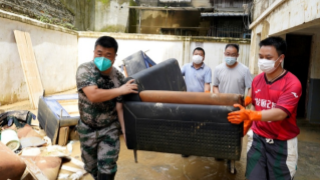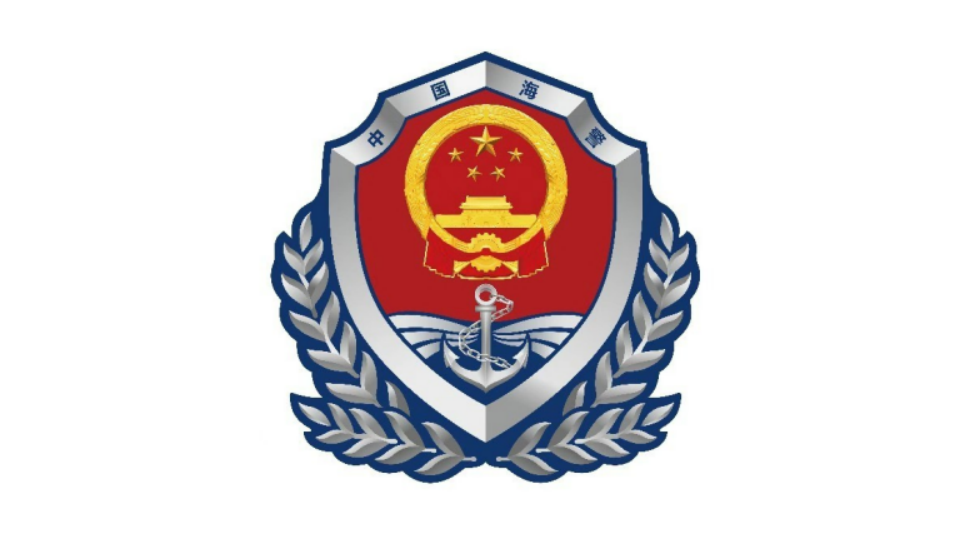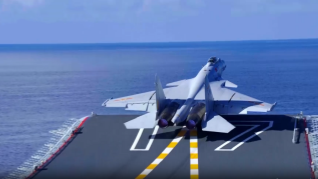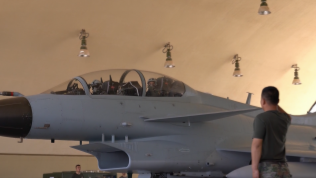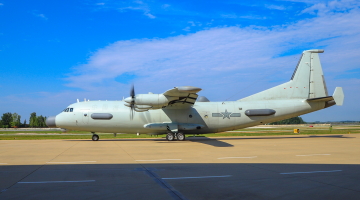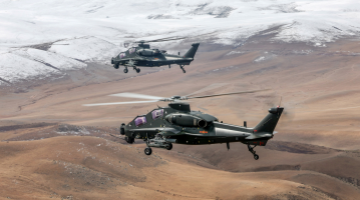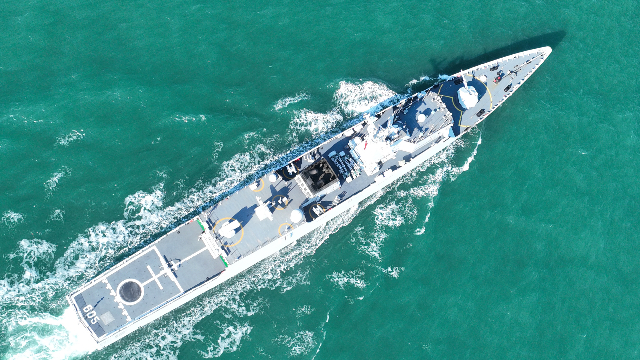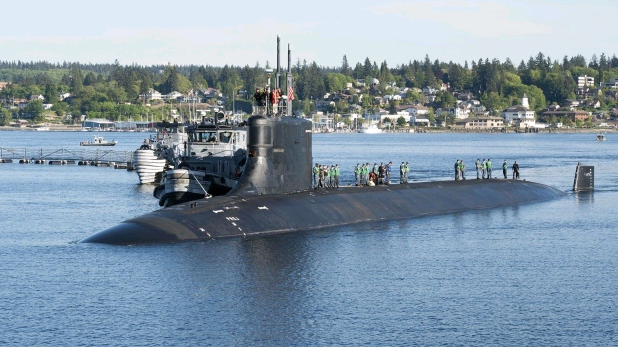
The USS Connecticut nuclear submarine (File photo)
By Luo Xi and Wang Xuanyi
In recent years, certain countries have attached greater importance to the role of nuclear weapons. To better leverage the effectiveness of nuclear deterrence and enhance nuclear combat readiness, they have ramped up efforts in nuclear arsenal upgrading, nuclear exercises, and new-type nuclear vehicle development, and even withdrawn from nuclear arms control treaties. All these actions have increased the risks of nuclear war and conflict and severely impacted global strategic stability.
Developing equipment to accelerate modernization of nuclear forces
To maintain its hegemony, the US has been intensely promoting nuclear force modernization programs and constantly improving the actual combat performance of nuclear weapons.
On October 12, the Congressional Commission on the Strategic Posture of the United States issued a report proposing to further expand the national nuclear arsenals, including producing more stealth strategic bombers and strategic nuclear submarines and strengthening the nuclear deterrence by elevating the survivability and invisibility of nuclear forces.
Subsequently, on October 28, the US Department of Defense announced the modernization and upgrade plan for the B61 nuclear warheads in late October. The modified warheads could adapt to airdrop operations from various fighters and bombers along with on-demand adjustment of explosive yields and that could be decreased to 300 tons of TNT at minimum.
On October 5, Russian President Vladimir Putin announced at the Annual Meeting of the Valdai Discussion Club that Russia had successfully test-fired a Burevestnik (Storm Petrel) nuclear-powered cruise missile. It was reported that this missile built-in with a nuclear power unit is empowered with unlimited-range and ultra-low altitude flight capabilities when carrying nuclear warheads.
According to the Russian media, the country had produced the first batch of Poseidon nuclear-powered torpedoes with above a hundred times the power of the atomic bomb dropped on Hiroshima. Apart from the huge explosive yield, the torpedoes also feature ultra-long range, super speed, and high stealth capability.
As the EU's only nuclear power and a permanent member of the UN Security Council, France recently launched the newly designed three-stage sea-land strategic ballistic missile M51.3, which enhances the penetrating power while improving the shooting range and strike precision. This missile is expected to be put in service in 2025. According to the French military, the operation was the first test-fire of this type of missile, helping maintain the country's credibility in sea-based nuclear deterrent for decades to come.
Demonstrating resolution in nuclear deterrence through exercise deployment
Despite being fully aware of the grave consequences of a nuclear war, all relevant parties still relentlessly assert their superior nuclear power and the resolution to employ it during the gaming process.
The US is actively strengthening the nuclear sharing mechanism in Europe and the Asia-Pacific region, which enables the country to deploy tactical nuclear weapons and assume supervision and maintenance functions in some NATO countries. In wartime or crisis conditions, with the authorization by the US, the tactical bombers of NATO countries can carry US-owned nuclear cruise missiles to participate in combat.
On October 16, NATO kicked off the annual "Steadfast Noon" nuclear exercise involving 60 aircraft from its member states. It was revealed by the media that several fighter jets were carrying the US tactical nuclear missiles.
In the Asia-Pacific, since the beginning of 2023, the USS Michigan, USS Annapolis, and USS Kentucky nuclear submarines from the US Navy had docked at the ports of the ROK, and the B-52H strategic bombers from the US Air Force had taken off and landed in an airport of the ROK, to highlight their determination to extend deterrence in a "visual" way.
In the face of these actions of the US, the Russian armed forces held a strategic deterrence exercise on October 25 encompassing land, sea, and air strategic nuclear forces. Test-fires of land-based intercontinental ballistic missiles (ICBM), sea-based ballistic missiles, and air-based cruise missiles were carried out in the exercise. Russia also proclaimed in April 2023 that its nuclear-capable Iskander-M tactical missile system had been transferred to the Belarusian armed forces, and a series of training had been initiated for the relevant missile operators.
Gravely devastating nuclear arms control system by constant treaty withdrawals
In recent years, the US unilaterally withdrew from the Intermediate-Range Nuclear Forces Treaty and the Treaty on Open Skies and carried out nuclear submarine cooperation with the UK and Australia under the trilateral security partnership, which plunged the international nuclear arms control system into a slump. The outbreak of the Russia-Ukraine conflict has worsened the deficiency of strategic mutual trust between the US and Russia. Following the US government statement to suspend the arms control dialogues with Russia, the latter also announced on February 21 to hold off on the implementation of the New Strategic Arms Reduction Treaty, which voided the only bilateral nuclear arms control treaty between the two countries.
On November 2, Russian President Vladimir Putin revoked his ratification of the Comprehensive Nuclear Test Ban Treaty. In their view, the country shouldn't be bound by the relevant obligations on the grounds that the US, which possesses powerful computer-simulative nuclear test capability, has not yet ratified the treaty. In combination with Russian Defense Minister Sergei Shoigu's inspection of the Novaya Zemlya nuclear test site in August, and the recent high-explosive test conducted by the US side at the Nevada nuclear test site, the nuclear gaming between the two countries may expand from nuclear competition, exercises and protection to the nuclear test field, thus further deteriorating the international nuclear arms control situation.
It is not difficult to see that some nuclear countries' acceleration of strengthening nuclear combat readiness and frequent moves in this field have provoked a gradual escalation in the nuclear standoff. In the coming period of time, a series of behaviors such as frequent flaunting of the nuclear might, covert application of nuclear proliferation, negative attitude toward nuclear arms control, and even secret launching of nuclear tests, may constitute the normalized risks of the international nuclear situation.
(The author is from the War Studies College of the Academy of Military Sciences of the Chinese PLA)

